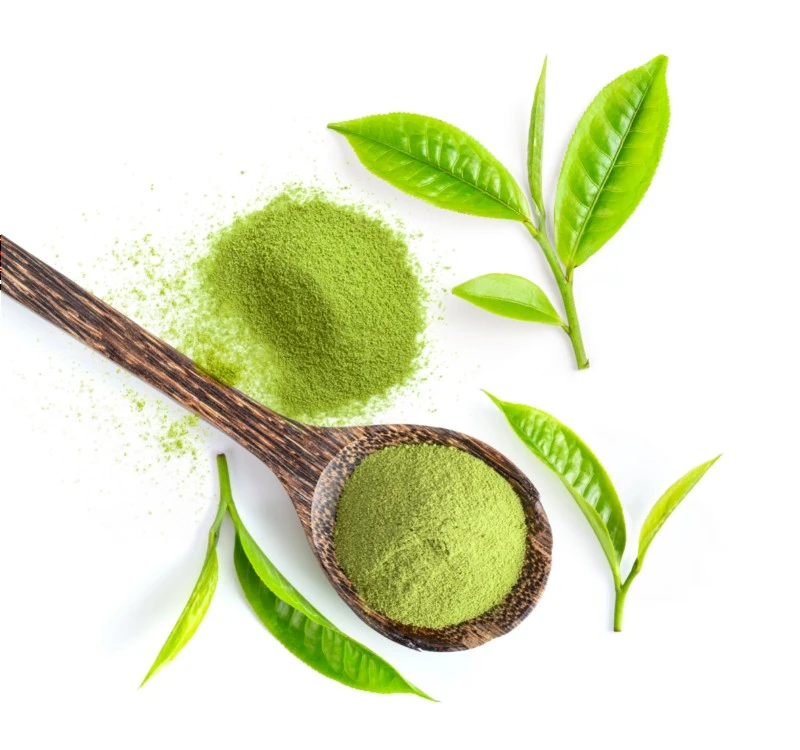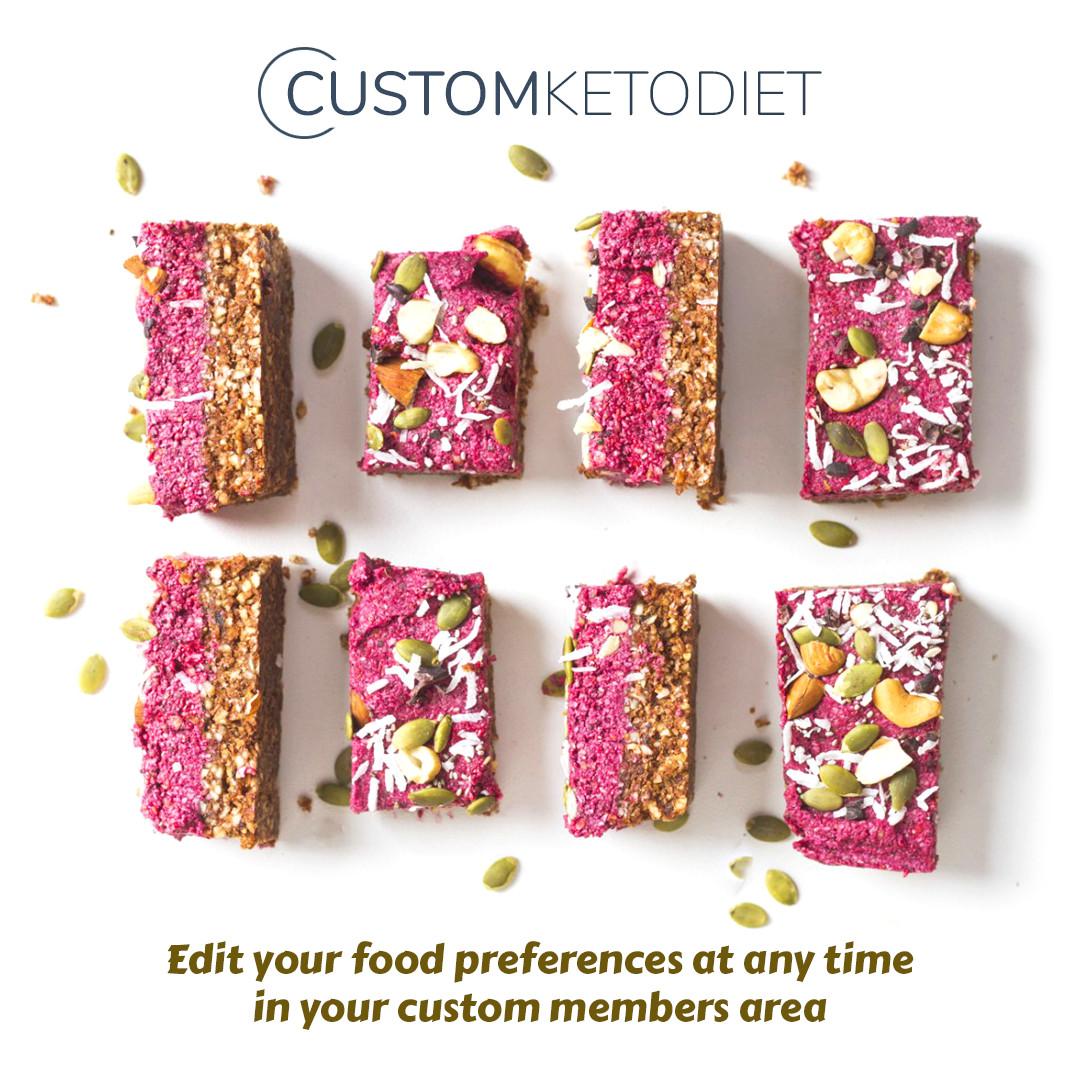Matcha green tea is full of antioxidants and is super energizing. Discover the benefits of this popular drink and how to make it properly!
Before we get into the specifics of matcha tea benefits, potential side effects, and how to make it let’s first check some basic matcha information.
This post may contain affiliate links, which means we may receive a small commission, at no cost to you, if you make a purchase through a link. For more information, please see our disclosure.
What is Matcha Tea?
Matcha is a powdered Japanese green tea. Matcha literally means “powdered tea.”
It’s made from the leaves of the Camellia sinensis plant, which is also used to make black tea, white tea, green tea, oolong tea, and other varieties of green tea.
When you order traditional green tea, the components from the leaves are infused into hot water before being discarded. Matcha tea is made from the actual leaves, which have been finely powdered and made into a solution, traditionally by mixing matcha powder with hot water.
Tea farmers will cover the tea plants to protect them from direct sunlight for about 20 days before harvesting matcha. This shading produces nutrient-rich, vibrant green tea leaves.
After harvesting the plants, the leaf stem and veins are removed, and the remaining parts are steamed, dried, and stone-ground into a fine powder.
When that powder is mixed with hot water and whisked, it produces a sweet, creamy flavor and texture that is distinct from other teas.
It can be served hot or cold, and it may provide some health benefits in addition to providing a sweet beverage.
When you drink matcha, you consume the entire leaf and receive all of the leaf’s nutrients.
Matcha is more expensive than other green teas due to the numerous steps involved in producing the final product.

Grades of Matcha
Matcha is available in a variety of grades, from the most expensive to the most affordable.
Different grades of matcha:
- Ceremonial grade – highest quality, people use in tea ceremonies
- Premiun grade – suitable for daily consumption
- Culinary grade – cheapest kind, used for desserts as a flavoring
Matcha of higher quality has a brilliant green color, a rich aroma, and a distinct but not bitter taste.
Traditional tea ceremonies use ‘premium’ or ceremonial grade to make thick tea.
The traditional tea ceremony is referred to as ‘Koicha,’ which translates as “thick tea.” Think of this as the tea you would use on a special occasion.
Many tea drinkers outside of traditional settings prefer this quality because of its bold flavor, striking emerald green color, energy-boosting properties, and health benefits.
Below the ceremonial grade is ‘Usucha,’ or thin tea, which has a strong balance of premium characteristics while being less expensive and having a marginal range of bitter notes.
The increased bitterness is due to a higher tannin content (i.e. polyphenols).
Culinary-grade matcha is at the other end of the matcha spectrum.
This grade of matcha is used to add a sweet and savory flavor to a variety of recipes. It goes well with cookies, smoothies, soba, and even green tea ice cream.
This lower-cost culinary grade matcha has a wider bitterness range. This is usually due to the fact that the leaves used are more mature and harvested later in the season, which means that the rich chlorophyll and amino acids like L-theanine are still present but with a higher tannin and catechin content.
Matcha Tea Benefits
Because matcha contains the entire tea leaf, one cup of matcha contains 10 times the nutritional and health benefits of one cup of loose-leaf green tea.
So, here are some of the matcha benefits that may persuade you to switch from your daily coffee to matcha tea or matcha latte.
An antioxidant powerhouse
Matcha has an ORAC (Oxygen Radical Absorption Capacity) of 1384 units per gram, which is a test that measures the antioxidant levels in foods.
This is 13 times more antioxidants than pomegranate, 15 times more antioxidants than blueberries, and 125 times more antioxidants than spinach.
What’s the point of this? – Antioxidants are chemical compounds that protect the body from aging and chronic disease. Simply put, the more you have, the better your body will be equipped to fight infections and diseases.
Matcha tea contains catechins, a unique and potent class of antioxidants. Epigallocatechin gallate (EGCG) is its most powerful catechin.
EGCG has been extensively researched. It may help your body fight inflammation, maintain healthy arteries, and promote cell repair.
According to one study, matcha has up to 137 times the antioxidants of a low-grade variety of green tea and up to 3 times the antioxidants of other high-quality teas.
Because more than 60% of the catechins in matcha are EGCG, a daily matcha regimen can help restore and maintain the body’s integral well-being and balance.
May boost relaxation and alertness
In addition to being a great source of antioxidants, matcha is rich in L-theanine.
This is a rare amino acid that promotes relaxation and well-being by influencing brain function.
L-theanine has been shown to increase alpha waves in the brain. These waves are associated with mental relaxation and may aid in the fight against stress signals.
While L-theanine is found in all teas, matcha may contain up to five times the amount found in black and green teas.
Furthermore, this amino acid modifies the effects of caffeine in your body, increasing alertness without causing the drowsiness that is commonly associated with coffee consumption.
L-theanine may also increase the number of feel-good chemicals in your brain, resulting in improved mood, memory, and concentration. As a result, a bowl of matcha promotes concentration and mental clarity without the nervous energy found in coffee.
Matcha can be used as a mid-afternoon pick-me-up or whenever you need to concentrate.
May reduce the risk for heart disease
According to a 2019 research review published in the journal Antioxidants, bioactive components of matcha may offer protection against cardiovascular disease due to their potential ability to lower triglycerides and total LDL cholesterol, raise HDL cholesterol, reduce oxidative stress, reduce inflammation, and more.
Green tea drinkers have a 31% lower risk of heart disease than non-drinkers, according to research.
This is due primarily to the antioxidants and plant compounds found in green tea, which are also present in greater quantities in matcha.
Of course, matcha isn’t the only thing you need to keep your heart healthy. Experts advise eating whole grains, fruits and vegetables, fish, and foods low in sugar, fat, and sodium. A healthy heart requires proper nutrition and exercise.
May promote healthy weight menagment and metabolism
Green tea has frequently been linked to weight loss. And matcha green tea is no different!
According to a study published in the American Journal of Clinical Nutrition, drinking matcha on a regular basis can increase the body’s rate of thermogenesis (the rate at which you burn calories) from 8-10% to 35-43%!
The same study found that drinking matcha could help maintain healthy body fat levels.
Women in one study drank a cup of matcha before going for a 30-minute brisk walk. Scientists discovered that consuming matcha increased the amount of fat broken down for use as energy during the walk.
Furthermore, drinking matcha between meals will help you feel full and resist those sneaky calorie-laden snacks. When we’re irritable, we tend to overeat.
Drinking matcha improves your mood, makes you feel more relaxed, and leads to happiness. As a result of this phenomenon, you will no longer need to snack or overeat in order to feel good.
Potential side effects of Matcha
Excessive matcha consumption is associated with some side effects and risks. Although matcha has numerous health benefits, more is not always better.
Moderation is essential.
Here’s what you should know about matcha tea’s potentially harmful effects:
Contaminants
By consuming matcha powder, you are ingesting the entire tea leaf, including everything it contains.
Contaminants from the soil in which the plant grows, such as heavy metals, pesticides, and fluoride, may be found in matcha leaves.
They are less of a threat in regular brewed green tea because only a small amount infuses into the hot water. However, using the entire leaf to make matcha means consuming more potentially harmful substances.
If you drink matcha on a regular basis, you should choose organic matcha that has been screened for toxins and heavy metals.
Upset stomach
You’re probably familiar with the effect of tannins if you’ve ever had heartburn after drinking coffee first thing in the morning.
Tea contains tannins, as previously stated.
When tannins come into contact with an empty stomach, they can aggravate the already acidic environment, resulting in a sore stomach at best and reflux and nausea at worst.
To avoid this, drink your matcha tea (or regular green tea) after a meal or with some snacks, as it is done in traditional Japanese tea ceremonies.
Insomnia
Because matcha contains caffeine, drinking too much or too close to bedtime can make it difficult to fall asleep or achieve restful sleep.
Due to the caffeine content, excessive matcha consumption may result in headaches, irritability, and diarrhea.
The majority of these potential side effects will only appear if you consume excessive amounts of matcha.
When consumed in moderation, matcha’s health benefits far outweigh its drawbacks!
Because matcha is so concentrated, it is generally NOT recommended to consume more than 2 cups (474 ml) per day.
How to make Matcha Green Tea

Before we begin the process of making matcha tea, there are a few things you should be aware of.
When preparing only with water, try to use bright green matcha in the $30-$50 range. Lower-cost matcha can be used to make lattes.
You should use a matcha bowl with a flat bottom and a wide opening to allow plenty of room for the whisk to move around.
One piece of bamboo is used to make one matcha whisk (chasen).
The 80-tip chasen is the most popular (number of tips on the bamboo). The more tips there are, the easier it is to whisk to achieve a better froth, but they are more expensive.
A bamboo scoop is used to measure matcha, and a mesh strainer is required to make a clump-free bowl of matcha.
So, if you want to make matcha tea properly, you’ll need a matcha set.
You can order a perfect matcha green tea set from Amazon here.
Ingredients
- 1 teaspoon matcha (or 1 1/2 heaping matcha scoops)
- 1/4 cup water (plus little more to warm bowl)
Instructions
Heat water – Use simmered water, not boiling hot. If you have an electric kettle with a temperature setting, set it to 175°F (79°C).
If you use too hot water, your matcha tea will taste bitter, and using too cold water will make whisking more difficult.
Scoop and sift matcha into a bowl – Matcha clumps easily, so sifting it before adding water is always recommended. Otherwise, it will be difficult to get the tea to disperse evenly in the liquid, resulting in a lumpy drink.
Pour in a small amount of hot water ( 2 tablespoons) and whisk – To ensure that there are no clumps, slowly move the whisk around in half circles until all clumps are gone.
Add the remaining hot water (2 tablespoons) and vigorously whisk – Whisk your tea with your chasen. Relax your wrist, then whisk in a gentle circular motion for thin, smooth tea and in a brisk “M” or “W” – shaped motion for foamy tea. Make 10-15 W’s or whisk for 10-15 seconds, or until the tea is bright green.
Ready to drink – You can drink your matcha green tea straight from the bowl or pour it into a teacup. Matcha in a bowl is traditionally meant to be consumed in three sips.
Don’t forget to rinse the bowl and whisk with hot water after you’ve finished making matcha tea. Never use soap or cleaning products, only hot water. Using a dry cloth or paper towel, wipe the matcha scoop clean. In a tightly sealed container, store the matcha powder.

Final thoughts on the benefits of matcha tea
Finding a high-quality matcha tea is crucial because not all matcha tea powders are created equal. Some matcha powders may already be mixed with sweeteners and milk, and you should avoid them because the health benefits will be much lower than with other, purer types of matcha.
Always aim for higher quality matcha in the $30-$50 range when making matcha only with water. The more expensive matcha is usually ceremonial grade, which is what you want if you’re drinking it straight with hot water.
There is no doubt that matcha tea is beneficial to your health, but because it is concentrated, it is best to consume it in moderation, no more than two cups per day.
Now that you’ve learned more about matcha tea, it’s time to fully enjoy its taste!
Disclaimer: While we have looked into the research on the health benefits of this tea, this is only for informational purposes and should not be construed as medical advice. Those with health-related questions should seek the advice of a medical professional.




